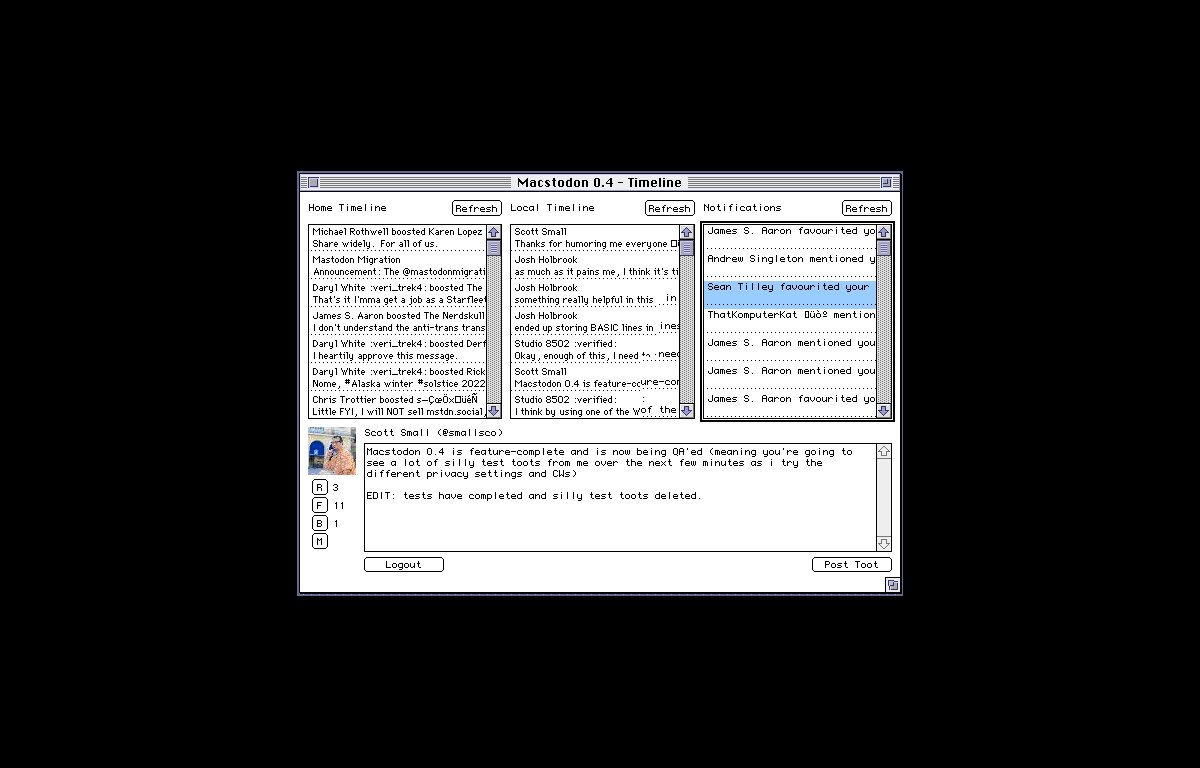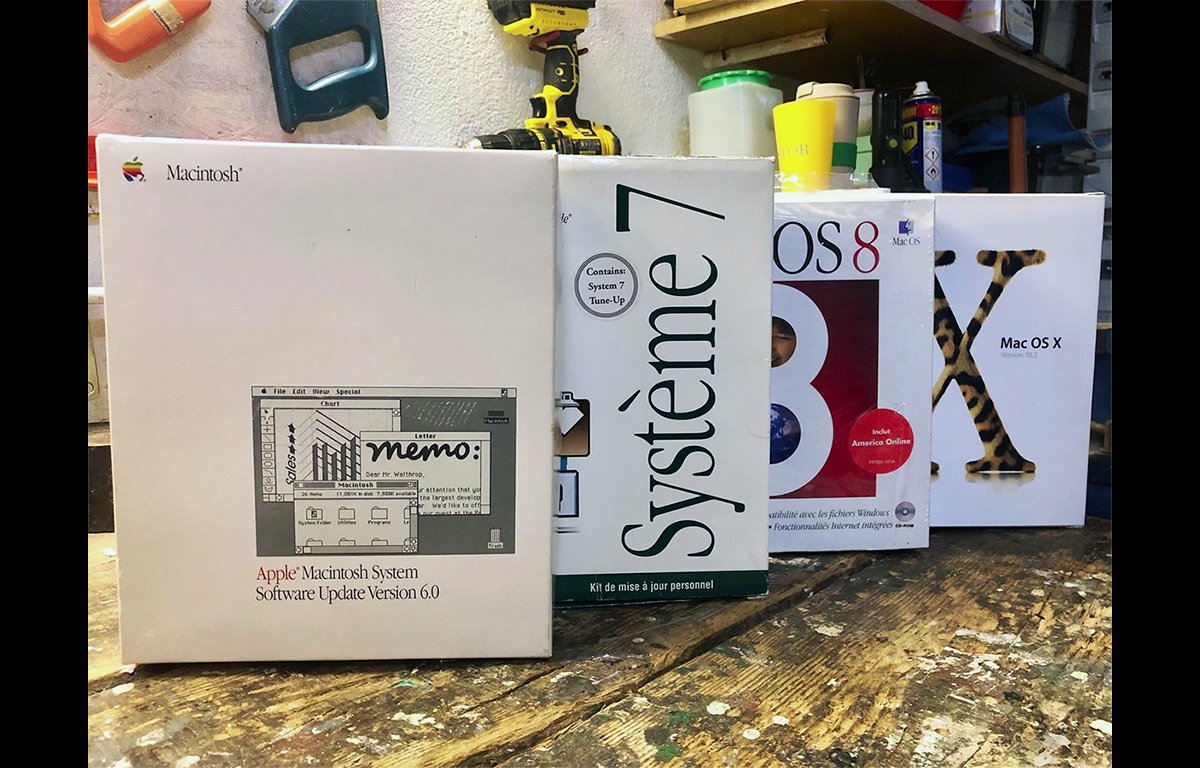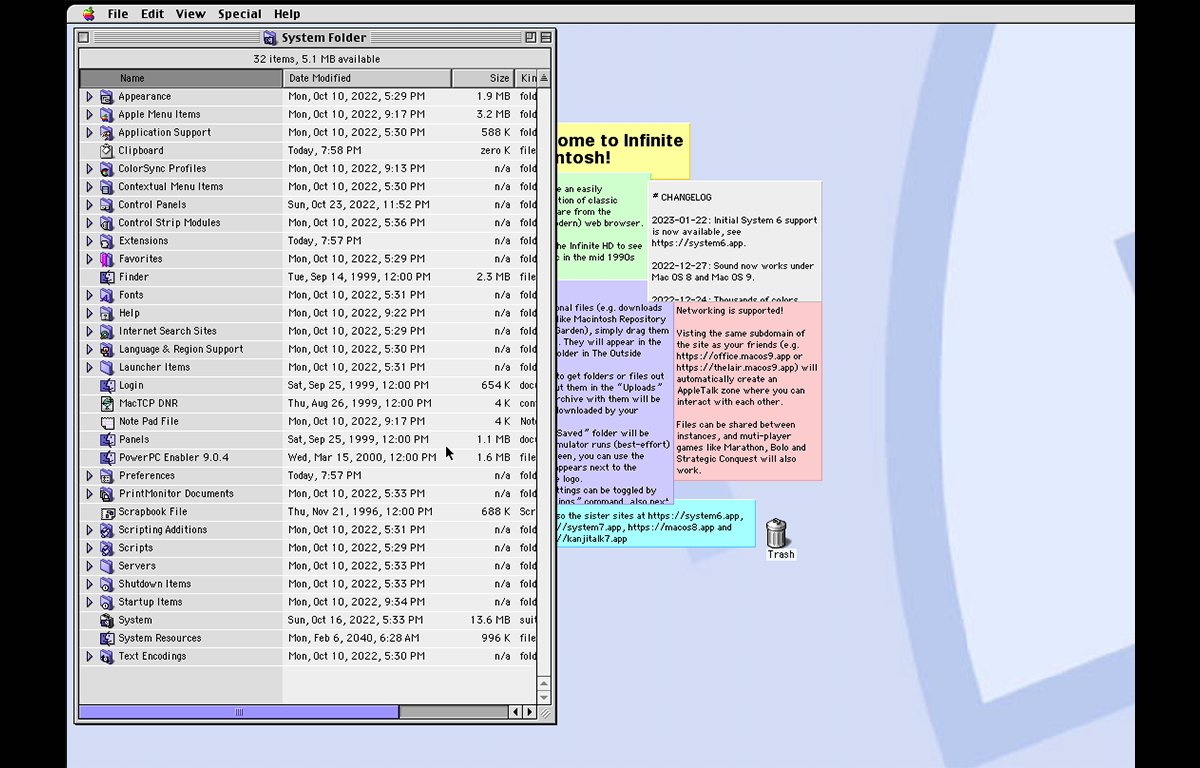AppleInsider may earn an affiliate commission on purchases made through links on our site.
Mastodon is a new, distributed social network which uses decentralized servers — and an enterprising developer has ported a client to run on a 30-year old Mac operating system.
Scott Small has written a Mastodon client called macstodon for Classic versions of Mac OS from System 7.1 through Mac OS 9.
First, be aware of a few things Scott mentions on macstodon’s GitHub page for the project. Notably, some system extensions are required to run it on Classic MacOS.
In Classic MacOS, System Extensions are small files that contain pieces of code and resources that the OS loads at startup. These code resources (or code fragments in PowerPC systems), get read and patched into the OS at boot to add or modify functionality in the system itself.
Older Macs used either the Motorola 68000 (68K) processor, or later IBM/Motorola PowerPC CPUs. On 68K Macs Apple provided an extension called CFM-68K Runtime Enabler which patched the 68K Mac OS to allow it to use code fragments designed for PowerPC Macs.
As the macstodon instructions say, if you’re running System 7.x on your classic Mac, you’ll need to move the provided extensions into the System Folder/Extensions folder and then reboot the Mac to load them.
Since macstodon is written in Python, you’ll also need to install MacPython 1.5.2, which was the version at the time that ran on older Classic Macs.
At the time, there was also a third party internet Mac extension and app called Internet Config, mentioned in the macstodon instructions, which provided a central place to set all your Mac’s internet settings. The commercial internet was still nascent at the time and Macs didn’t gain full support for internet standards until around Mac OS 8.6 or 9.1.
Because the web’s SSL layer came along later in internet development, you’ll also need to run an SSL-stripping server, as mentioned in macstodon’s instructions. This allows SSL-based web requests to work on older Macs by removing the SSL parts.
How to download and install macstodon
Both the current macstodon installer and source code are on the releases page.
Note the binary archive is in “.sit.hqx” format. This is a classic doubly-compressed archive – first in a StuffIt archive, then BinHex‘ed (.bin). BinHex was a format in the late 1980’s and early 90’s which allowed the compression and transport of Mac files across platforms, including PCs.
Classic Mac apps had a second file fork called the resource fork which stored most of a classic app’s UI. Be careful when decompressing a .sit.hqx file on modern Macs, because some modern volume formats and file systems can strip the resource fork during copy.
It’s best to copy .hqx files as-is to your classic Mac’s hard drive first, and then decompress it there using StuffIt or the MacOS 9 BinHex utility. This insures all files’ resource forks are preserved.
The GitHub page’s instructions are quite good and easy to follow.
Once you’ve decompressed the download on your classic Mac, install the system extensions as instructed, reboot, and double-click the macstodon app.
Mac OS 9 had several System/Control Panels (similar to extensions) which were used for networking configuration. Originally there was a “TCP/IP” Control Panel but it was later replaced in Mac OS 9.x with a “Network” Control Panel, and in some cases “Open Transport” (OT as it was known was Apple’s proprietary networking layer which sat on top of other layers such as TCP/IP, AppleTalk, etc).
Using macstodon
The macstodon UI is fairly simple: a main window with Home Timeline, Local Timeline, and Notifcations, and a Toot pane where you compose Toots. Scott Small states the app is a “quick hack” and is unsupported. But it works.
If you just want to experiment with Mac OS 9 first before setting up a real classic Mac, you can try out the Infinite Mac emulator on the web, although we haven’t tried macstodon on it yet. There are also Infinite Mac versions for Mac OS 8 and 7.x.
It’s kind of interesting to see new development for cutting-edge internet sites on Macs from 25 years ago. The macstodon app is fun to play around with on classic Mac OS, but don’t expect to get a lot done.







